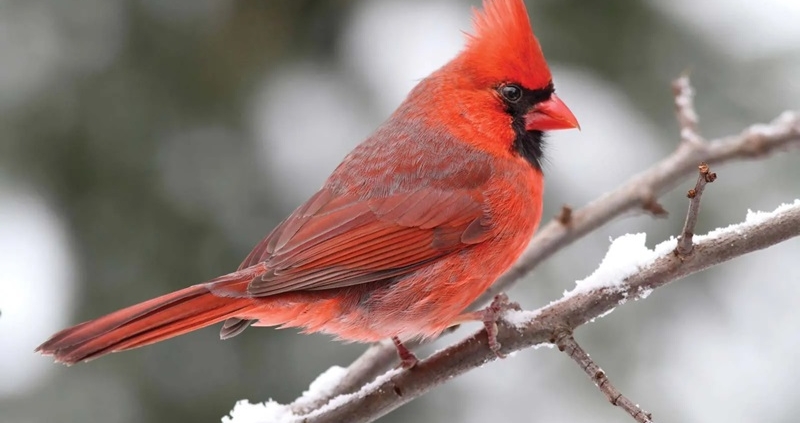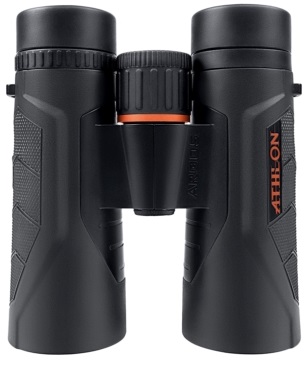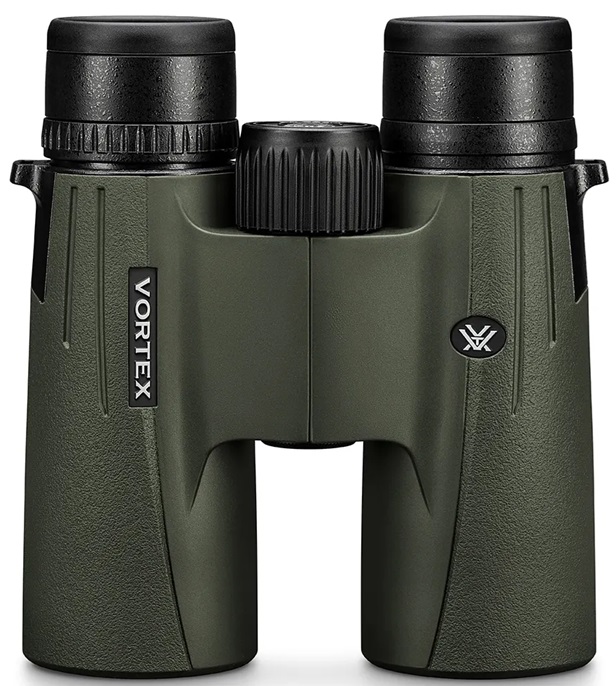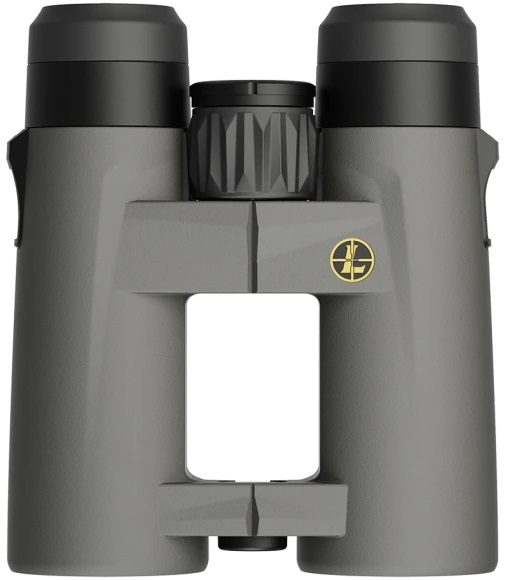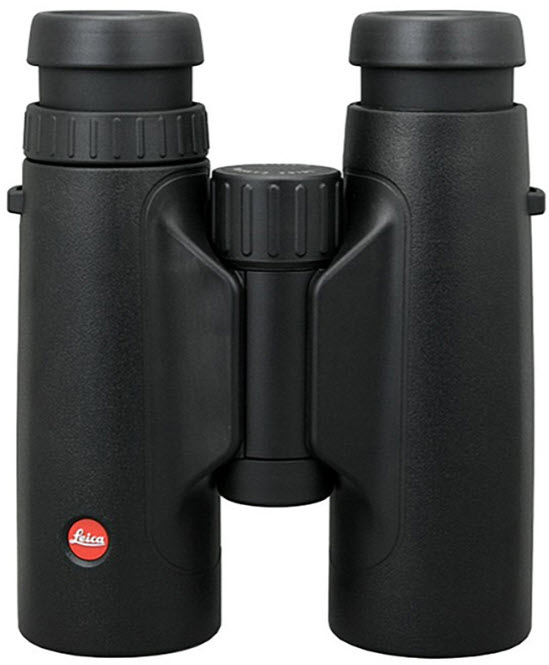Choosing the Best Binoculars for Bird Watching
Bird watching is a fascinating and fulfilling hobby, allowing enthusiasts to connect with nature in a unique way. One of the essential tools for bird watchers is a quality pair of binoculars. The right binoculars can greatly enhance your bird-watching experience, providing clear, detailed views of your avian subjects. However, choosing the best binoculars can be overwhelming due to the multitude of options available. In this comprehensive guide, we’ll explore the key features to consider when selecting binoculars for bird watching to ensure you find the perfect pair for your needs.
Understanding Binocular Specifications
Before diving into specific features, it’s important to understand binocular specifications and how they affect performance:
- Magnification (Power):
- What It Is: Magnification refers to how much larger an object appears compared to viewing it with the naked eye. A 10x magnification means the image appears ten times larger.
- Considerations: Higher magnification provides more detail but can also lead to a narrower field of view and more noticeable image shake. For bird watching, a magnification between 8x and 10x is generally recommended.
- Objective Lens Diameter:
- What It Is: The objective lens is the lens at the front of the binoculars. Its diameter, measured in millimeters, determines how much light the binoculars can gather.
- Considerations: Larger objective lenses provide brighter images in low light conditions, which can be crucial during early morning or late evening bird watching. However, larger lenses also make binoculars heavier and bulkier.
- Field of View (FOV):
- What It Is: The field of view is the width of the area you can see through the binoculars, typically measured in feet at 1,000 yards.
- Considerations: A wider field of view allows you to track moving birds more easily and scan larger areas. For bird watching, a field of view of around 300-400 feet at 1,000 yards is often ideal.
- Exit Pupil:
- What It Is: The exit pupil is the diameter of the beam of light exiting the eyepiece, visible as a small circle in the eyepiece.
- Considerations: To calculate the exit pupil, divide the objective lens diameter by the magnification (e.g., 42mm objective lens divided by 8x magnification = 5.25mm exit pupil). A larger exit pupil can be advantageous in low light conditions. A human eye can only accept on average only 5mm’s of light.
- Close Focus Distance:
- What It Is: Close focus distance is the minimum distance at which the binoculars can still produce a sharp image.
- Considerations: For bird watchers who enjoy observing birds up close, such as those feeding at feeders or nests, a close focus distance of 6 feet or less is desirable.
Key Features to Look For
When choosing binoculars for bird watching, consider the following key features to ensure you get a pair that meets your needs:
1. Optical Quality
- Prism Type: Binoculars use prisms to correct the image orientation. The two main types are Porro prisms and Roof prisms.
- Porro Prisms: Typically offer better depth perception and a wider field of view but are bulkier.
- Roof Prisms: More compact and lightweight but can be more expensive and may have a narrower field of view.
- Lens Coatings: High-quality lens coatings reduce glare, improve contrast, and enhance color accuracy.
- Fully Coated: Basic coating on one lens surface.
- Multi-Coated: Multiple layers of coating on one or more lens surfaces.
- Fully Multi-Coated: Multiple layers of coating on all lens surfaces for the best optical performance.
2. Build Quality and Durability
- Waterproof and Fog-Proof: Weather-resistant features are important for bird watchers who often encounter various weather conditions. Look for binoculars that are both waterproof and fog-proof to ensure reliability in all environments.
- Rubber Armor: Provides a non-slip grip and protects the binoculars from impacts. This feature is particularly useful for outdoor activities.
3. Comfort and Ergonomics
- Eye Relief: For users who wear glasses, sufficient eye relief is crucial. This is the distance from the eyepiece at which you can see the entire field of view. Generally, eye relief of at least 15mm is recommended for eyeglass wearers.
- Adjustable Eyecups: Rubber or twist-up eyecups allow for comfortable viewing whether you wear glasses or not. They help in achieving the proper eye relief.
- Weight and Balance: Lightweight and well-balanced binoculars reduce fatigue during extended bird-watching sessions. Binoculars should feel comfortable in your hands and not be too heavy.
4. Additional Features
- Image Stabilization: Some high-end binoculars offer image stabilization to reduce the effects of hand shake. This can be beneficial, especially with higher magnification binoculars.
- Tripod Adaptability: If you plan to use binoculars for extended periods or for bird watching in a fixed location, consider binoculars that can be mounted on a tripod for added stability and comfort.
Popular Binocular Brands and Models
Several brands are well-regarded for their quality bird-watching binoculars. Here are some popular models that cater to different preferences and budgets:
- Features: Superior quality and bright lenses that are equipped with extra low dispersion glass and advanced fully multi-coated UHD Lenses for sharp contrast, true color and excellent light gathering ESP Dielectric coating and phase correction for color fidelity and sharpness
- Ideal For: For the beginner bird watchers looking for a reliable, all-around performer at a reasonable price.
- Features: HD optical system that delivers stunning resolution, color fidelity and edge-to-edge clarity. Also equipped with ArmorTek which is an ultra-hard, scratch-resistant coating that protects the exterior lenses from scratches, oil and dirt.
- Ideal For: Bird watchers who need high-quality optics and don’t mind a bit of extra weight.
3. Leupold Pro Guide HD Gen2 10×42
- Features: Elite optical system offers excellent dawn-to-dusk light transmission for a brighter image. Exterior lens surfaces are treated with Leupold’s DiamondCoat 2 lens coating for a greater level of abrasion resistance. Phase-coated roof prisms for a sharp picture from edge-to-edge of the visual field.
- Ideal For: Those seeking premium optics and a compact design.
- Features: Offers superb optical performance with outstanding brightness and clarity due to Leica HLS HighLux optical system. Phase coated P40 correction for an outstanding image clarity and resolution. It is compact, durable, and has a comfortable grip.
- Ideal For: Serious bird watchers who are willing to invest in top-tier optics.
Conclusion
Choosing the right binoculars for bird watching involves understanding your needs and preferences, as well as the key features and specifications that impact performance. By considering magnification, objective lens diameter, field of view, exit pupil, and close focus distance, you can find a pair of binoculars that enhances your bird-watching experience. Additionally, paying attention to optical quality, build durability, comfort, and any additional features will ensure you get a pair that is both functional and enjoyable to use.
Remember, investing in quality binoculars can significantly enrich your bird-watching adventures, allowing you to observe and appreciate the beauty of birds with greater clarity and detail. Whether you’re a seasoned bird watcher or just starting out, the right binoculars can make all the difference.
After you have made your purchase, it is always neccessary to take care of your optics. If you need any help or have questions, you can always contact us at [email protected].

